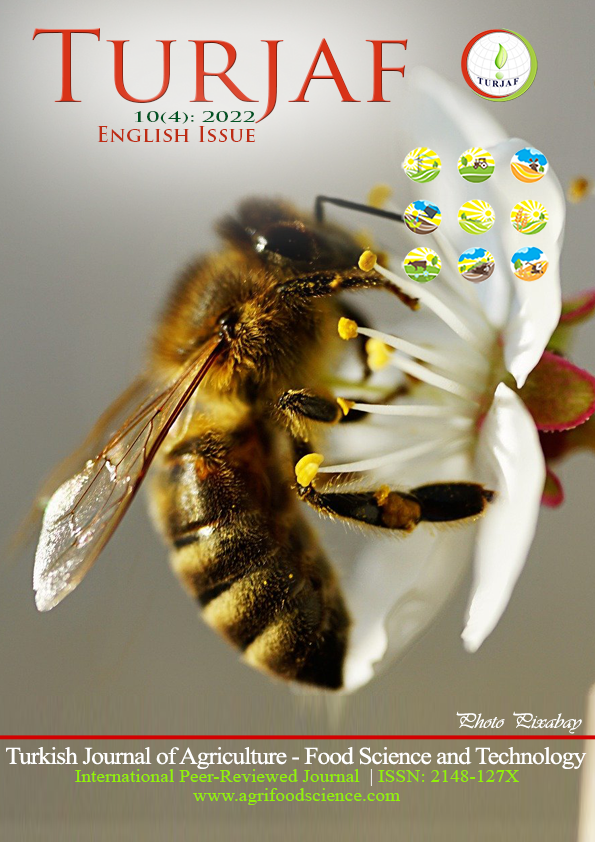Application of Multivariate Principal Component Factor Analysis to Morphological Characterization of Camels in Ethiopia
DOI:
https://doi.org/10.24925/turjaf.v10i4.503-507.4118Keywords:
Camel, Linear body measurements, Multivariate analysis, factor analysis, EthiopiaAbstract
This study was conducted to assess variability among linear body measurements (LBMs), deduce components that describe these traits, and investigate the inter-relationship among them. For this purpose, seventeen LBM traits namely heart girth, body-length, wither-height, ear-length, forelimb-length, hindlimb-length, barrel-girth, face-length, hip-width, chest-width, chest-depth, tail-length, neck-length, hump-length, hump-circumference, forehoof-circumference and hindhoof-circumference were measured on 300 (51 males and 249 females) camels. PC factor analysis was used to describe the variation in LBM traits where extracted factors were varimax rotated to enhance interpretability. Pearson‘s correlation coefficients among the traits were positive and very highly significant. From the factor analysis, two principal components (PCs) were extracted, which accounted for 63.2% of the total variance. PC1 accounted for 57.0% of the total observed variance and was loaded by EL, BL, FL, HL, FLL, WH, CD, NL, and HC; while PC2 contributed 6.1% of the total observed variance and had its loading on HG, BG, and HW. The results obtained from this study could be useful in designing appropriate husbandry, selection, and breeding programs for utilization of camel genetic resources.Downloads
Published
30.04.2022
How to Cite
Kebede, K., Bekele, B., Tilahun, S., & Serda, B. (2022). Application of Multivariate Principal Component Factor Analysis to Morphological Characterization of Camels in Ethiopia. Turkish Journal of Agriculture - Food Science and Technology, 10(4), 503–507. https://doi.org/10.24925/turjaf.v10i4.503-507.4118
Issue
Section
Research Paper
License
This work is licensed under a Creative Commons Attribution-NonCommercial 4.0 International License.









